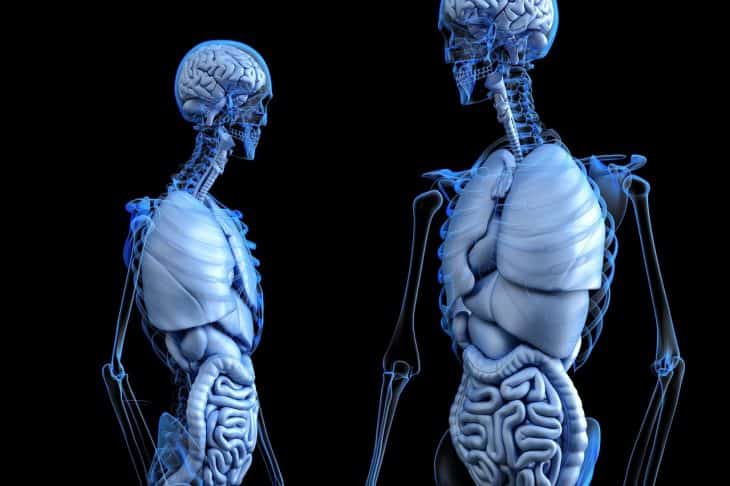
Human body facts that will make you appreciate the magic happening inside you at this very moment. Learn more about the systems, parts, and elements of your body with these facts.
Quick Facts
Essential Facts
Interesting Facts
- An average person takes 16 breaths per minute.
- Humans are the only known species that can blush.
- We can detect taste faster than we blink.
- Just like our fingerprints, the human tongue has its unique pattern too.
- It is normal to pass gas 6 to 20 times every day.
- Human teeth are the only part of the body that cannot heal itself.
- The smallest cell in a man’s body is the sperm cell. It is also one of the most complex cells in the male body as well.
- There are more bacteria found in the human mouth than there are humans in the whole world.
- 25% of bones in human adults are on their feet.
- Fingerprints always grow back to their original form despite how damaged they become.
- The human skull has 29 different bones. Four major structures form the skull.
- The cornea does not receive blood supply. It receives oxygen directly from the air.
- The average person’s heartbeat rate is about 80 bpm.
- The foot is one of the most ticklish parts of the human body.
- Our thumbs have a pulse. You can also measure your pulse through your neck, chest, and wrist.
- The growth rate of your hair doubles in an airplane.
- Our body gives off a tiny light, but we cannot see it with our naked eye.
- Your belly button grows hair.
- Fingernails on your dominant hand grow faster.
- Your eyebrows’ shapes can predict your personality.
Table of Contents
Was this page helpful?
Our commitment to delivering trustworthy and engaging content is at the heart of what we do. Each fact on our site is contributed by real users like you, bringing a wealth of diverse insights and information. To ensure the highest standards of accuracy and reliability, our dedicated editors meticulously review each submission. This process guarantees that the facts we share are not only fascinating but also credible. Trust in our commitment to quality and authenticity as you explore and learn with us.


